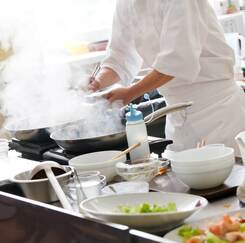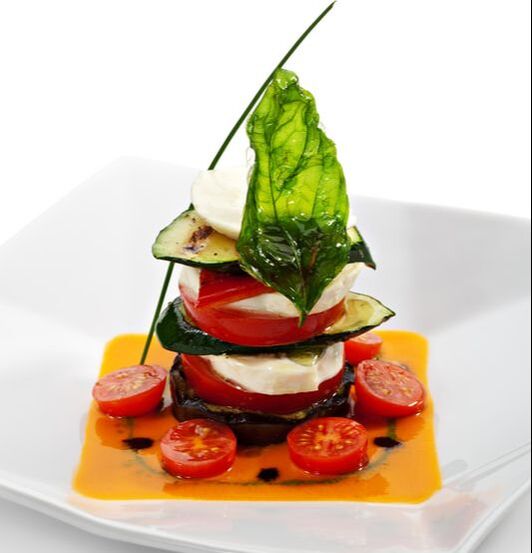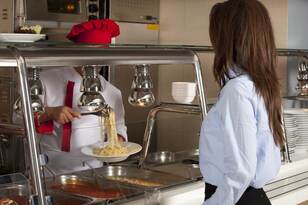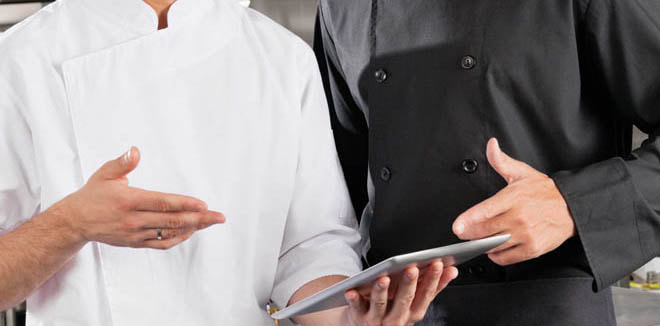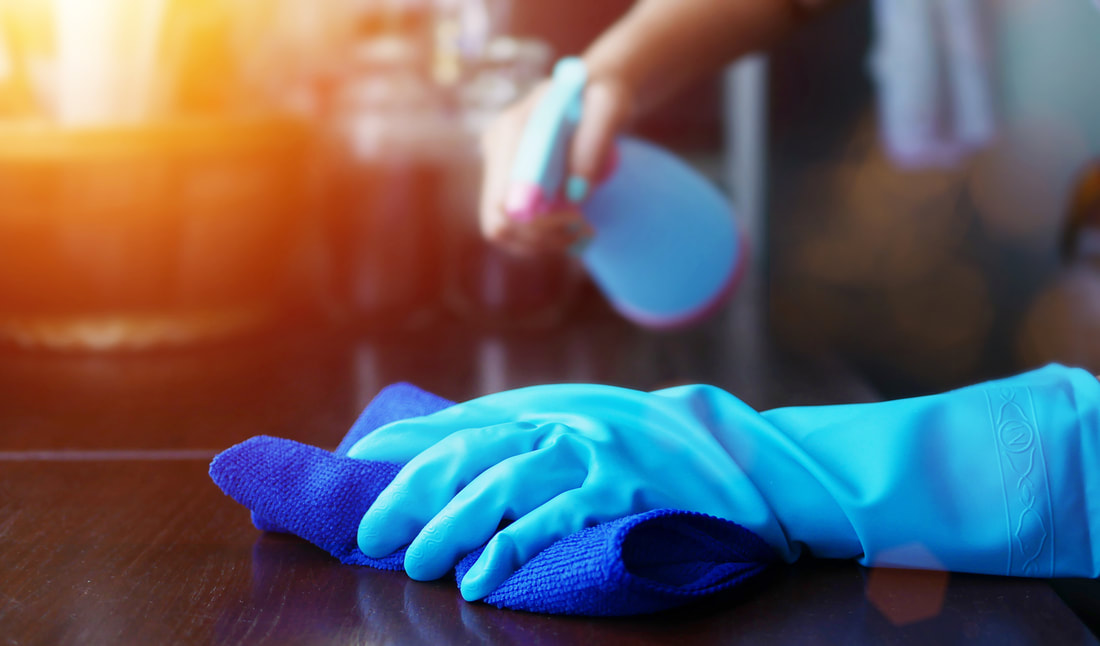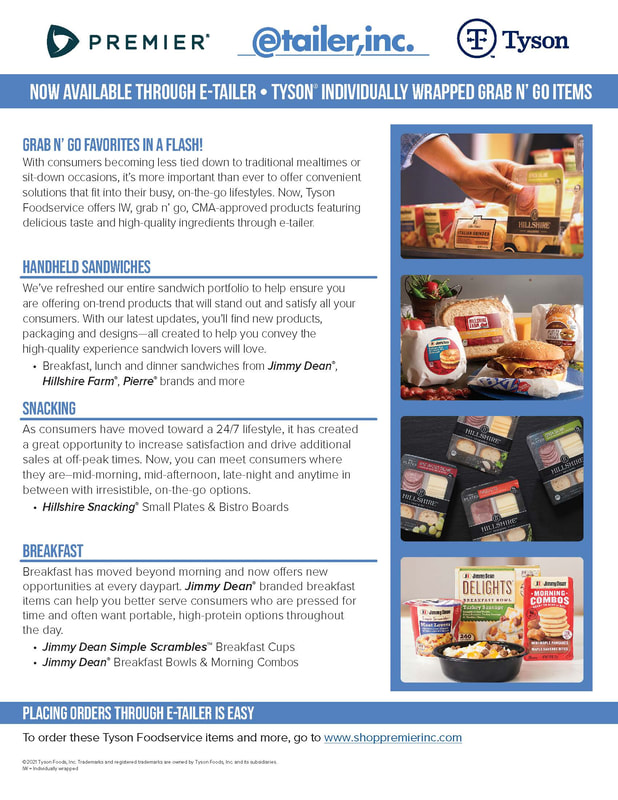How much is your food really costing you?As if it wasn’t important to know your true food costs before the pandemic, it’s all the more crucial now as many restaurants around the country are having to operate at a reduced capacity, rethink their menus and determine where to best allocate diminished resources. By getting an accurate handle on your waste, over-portioning, theft and even the shrinkage of ingredients, you can see what menu items are really costing you – then adjust your promotions so you encourage guests to select your highest-margin items. A recent webcast from Restaurant365 reinforced the power of tracking actual vs. theoretical food costs as a means of accomplishing this. Theoretical food costs are what your food costs should be based on the cost of your ingredients, while actual food costs are what your restaurant actually spent. There will be variance in those numbers, but getting a more precise understanding of where it comes from can help you minimize it. While there are a number of places to focus to help cut waste, it can be most helpful to analyze your individual ingredients and identify those with the greatest cost variance. Drilling down like this can help you zero in on what needs attention or adjustment, whether it’s your portion control of a certain dish, the prices you are getting from a supplier, or the need for a substitute dish on the menu.
CDC guidelines for College & University Foodservice
|
More resourcesPlant Based FoodsSafe Food HandlingTake Out & DeliveryTechnologySafetyshoppremier.com |
- Team Four
- The Advantage
- Services
- Recipes
- Industry Links
- Healthcare
- Foodservice Updates Newsletter
- Foodservice CEO
- Culinary Services
- Market Trend Consulting
- Group Purchasing Organizations
- Palette Foodservice Partners
- Charging Station
- Quarterly Newletter
- Supply Chain Struggles
- Contact Us
- Become a Member
Copyright 2024 Team Four Foodservice, All Rights Reserved.

